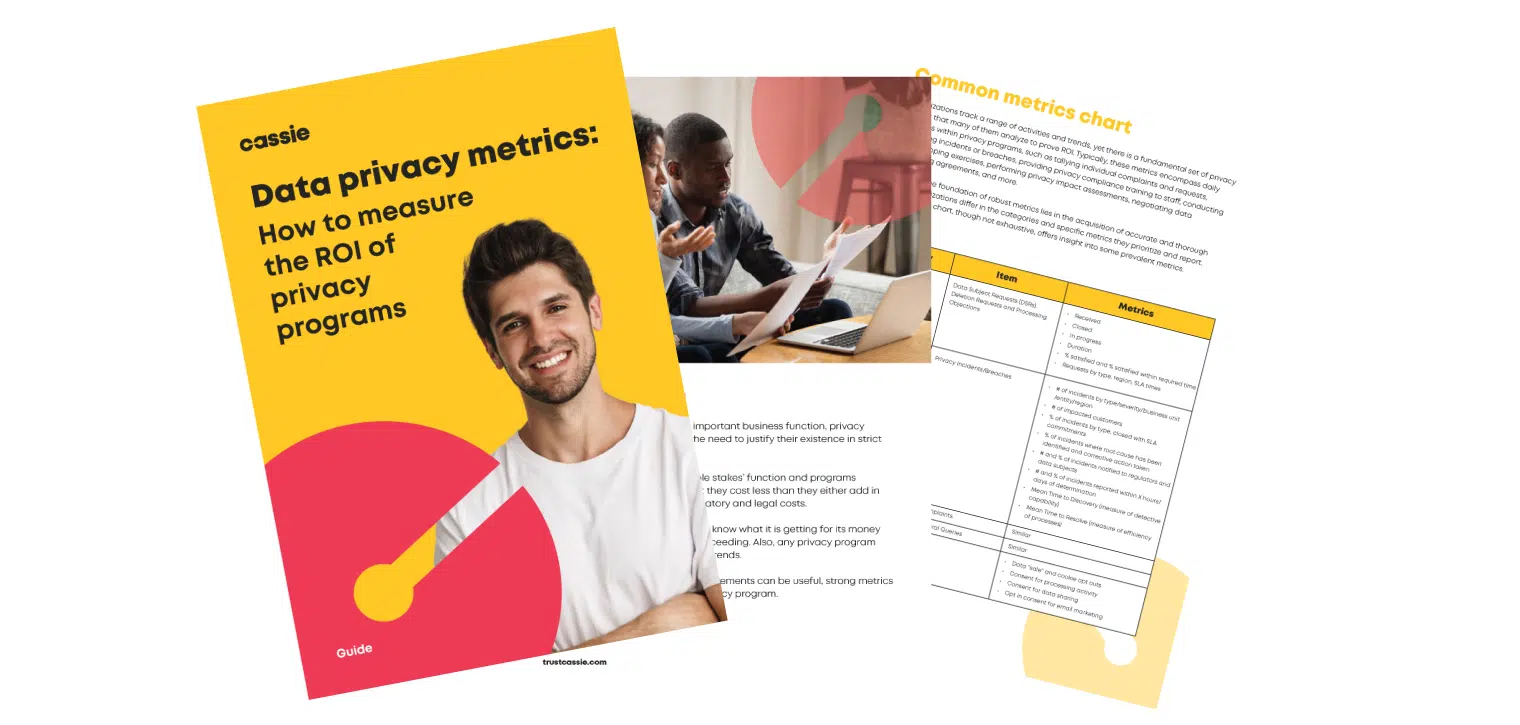Data classification: What it is and why it matters
Posted: August 31, 2022
Data classification refers to the organizational process of sorting numerous types of data based on their level of confidentiality.
The process consists of four main classification levels that aid in categorizing each piece of data and therefore determining its value to an organization. Data that sits within the first data classification level, for example, is considered the least confidential, whereas data sitting at the fourth and last level is considered the most confidential.
Data classification is imperative any organization handling classified information. From customer Personal Identifiable Information (PII) to company contracts and business roadmaps, all organizations must ensure the correct data classification policies are in place to safeguard confidential data.
Through data classification, businesses and organizations can not only better understand the value of their data, but ensures that the appropriate privacy practices are in place to mitigate data privacy risks. Not only this, but there are a number of data classification standards that must be met in order to comply with privacy laws and regulation.
Why is classifying data necessary?
Beyond compliance with data regulation, there are a number of reasons why an organization might require data classification within their privacy strategy.
- Implementing security measures: The process of data classification works by tagging data according to the level of sensitivity or value to an organization. Therefore, this allows for the appropriate data security measures to be applied based on the level of confidentiality. Establishing a reliable security program for your classified data should be made a priority.
- Mitigate risk of data breaches and misuse: Organizations may have various types of data and information that require strict confidentiality. Therefore, by classifying data based on the level of sensitivity, organizations can ensure the correct access controls are in place to determine who can access this data, how, and for what reasons.
- Compliance with data protection regulations: There are several data privacy laws and regulations in place to safeguard user data and personal information. In terms of data classification, the GDPR emphasizes the need to classify data in order to be compliant, and the HIPAA also stresses the importance of classifying Personal Identifiable Information (PII) as this is considered high risk data.
What are the four levels (or types) of data classification?
There are four typical classification levels that determine how sensitive information and organizational data should be categorized. These levels are structured in order of sensitivity, and aid in identifying the risk factor for organizational data and information. Usually, any data that would cause the least harm from disclosure would be categorized within the lowest level of classification, and so on.
It is important to note that not all organizations will process the same types of data. Organizations such as NATO, for example, will be highly unlikely to process the same data as a bespoke wedding boutique. Therefore, in order to first identify the prerequisites for information classification, organizations should conduct a risk assessment of their data to determine what defines each classification level, and what their equivalent classification markings would be.
Public Data
Public data is any information or data that is freely accessible to the public. This data can be used, reused, and distributed without repercussions, and includes public information such as first and last names, job descriptions, or press releases. This information is not considered as a sensitive form of data, and is thus labelled as the least confidential in the four levels of data classification.
Internal-only Data
Moving up along the data classification ladder, internal data consists of any information that exists purely for internal personnel within an organization. This level of classification usually requires specific access permissions (i.e. exclusively a company’s employees). An example of this data might include internal company communications.
Confidential Data
When data is labelled as confidential through classification, this typically means that only authorized users with the relevant level of clearance can access it. Confidential data is also protected by regulation, as it usually contains sensitive data such as PII, financial details, operational information, product development information, health records, and more.
Restricted Data
Finally, restricted data is considered to be the most high-risk category of classified information. If restricted data is accessed or compromised without correct authorization, legal action or even criminal charges can follow. Often, this type of data is accessed solely on a need-to-know basis, and usually requires the highest level of security clearance. An example of this top secret data would be proprietary research.
How do you classify information?
Data classification can be achieved in numerous ways within an organization. A simplified approach would be to utilize automated software to comb through data using algorithms that can determine the classification level via keywords, for example.
Another method, taking a more human-led approach, would involve an organization hand-picking data to determine its level of classification. This user-driven method not only allows for contextually informed classification, but also ensures that data is classified at the point of handling.
Regardless of the classification method used, organizations must outline their data classification processes in a data classification policy. In short, a data classification policy is a document that outlines the relevant procedures and processes of classification, the reason for classification, and the relevant security measures and access controls in place to honor data confidentiality. Additionally, it plays a crucial role in championing information security by ensuring that all data is handled appropriately.
When do you need to reclassify data?
There may be times when organizations are required to reclassify data to determine a new level of confidentiality for sensitive information. This may occur after changes in regulation, changes to data context or value (for example, if a consumer submits further information to their data subject record), or changes in business operations.
In order to avoid roadblocks when it comes to reclassifying data, organizations should regularly conduct data risk assessments to determine if confidential and sensitive data has the correct level of classification. Tools such as an asset register may assist in keeping checks on all business documentation and important data.
Benefits of data classification & regulatory compliance
As we’ve covered, the importance of data classification for any organization cannot be ignored. As a means of protecting your business’ most high-value data, ensuring the correct data classification processes are employed within your organization can have endless benefits, such as:
- Simplified data organization and retrieval: By classifying data based on its level of confidentiality or value to your organization, data retrieval processes become far more streamlined, allowing you to keep track of your data inventory.
- Turning reactive data security solutions into proactive ones: Data classification aids in determining which level of protection certain data groupings require. This can be immensely useful in allocating the correct resources to better protect the most high-value data within your organization.
- Compliance with global regulation and data protection standards: Adherence to data protection regulation should never be treated as a check-box exercise. By ensuring total compliance with data protection standards such as GDPR, CCPA, HIPAA and more, you will demonstrate a commitment to safeguarding confidential information and sensitive data, whilst avoiding legal troubles and financial penalties.
- Minimizing risk and safeguarding consumer trust: Applying the appropriate data security measures to classified data reduces the risk of unwarranted access or data misuse. Especially when dealing with consumer data and personal information, every step should be taken to protecting data and therefore encouraging trust between business and consumer.
By using a Consent and Preference Management Platform (CPM) alongside data classification can immensely impact the effectiveness of your privacy practices. A CPM works with you to ensure the correct user consents are obtained before data collection takes place, which is a requirement for global privacy regulations. A CPM will also inform you if a user’s consent or preferences have changed, allowing you to reclassify any personal data if necessary. For any organization dealing in data classification, a Consent and Preference Management solution can unlock significant benefits, whilst ensuring both regulatory compliance and consumer trust are upheld.


